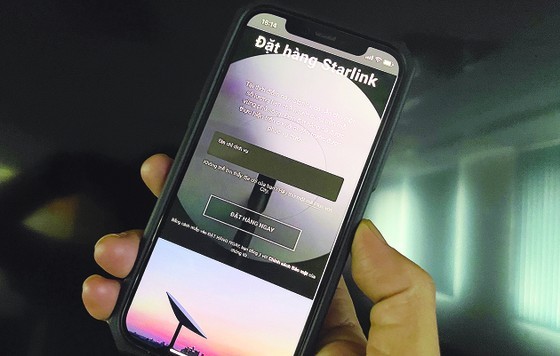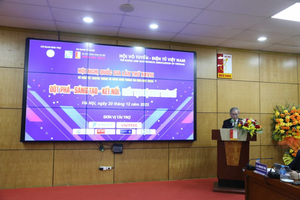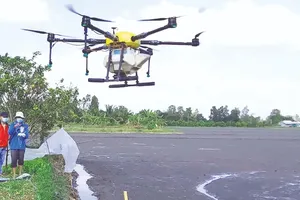 |
General Secretary Vu The Binh of Vietnam Internet Association commented that the use of satellite Internet in Vietnam is feasible as long as it complies with the national provisions and suits the overall interests.
In April 2021, Viettel Group proposed a pilot scheme of Internet provision via Low Earth Orbit (LEO) satellites to increase access capacity. This measure is cost-effective as to the construction and launch of a LEO satellite.
Before this, Vietnam Posts and Telecommunications (VNPT) had been the only one to own a satellite communication system using Very Small Aperture Terminal (VSAT) called Vinasat to provide telecoms services.
In April 2008, Vinasat-1 satellite was launched into an orbit of 132 degrees East, marking a milestone when Vietnam completes its critical telecoms system on the ground and in space. In 2021, VNPT continued to launch Vinasat-2 to satisfy the increasing Internet loading demand nationwide. Sadly, the lifespan of both satellites is just 15 years, which means the former will official expire in 2023 and the latter 2026.
“Satellite Internet is a wise choice when there are repeating incidents on fiber optic cables. However, the high service fee prohibits businesses from selecting it”, said Huynh Long Son, a software solution provider in District 3 of Ho Chi Minh City.
With the aim of ‘providing Internet for the whole world’, SpaceX of American billionaire Elon Musk is developing its high-speed satellite Internet network called Starlink, formally launched in October 2020. In April 2021, to comply with the Vietnamese Telecommunications Law, SpaceX announced to register for Internet service provision in Vietnam with a deposit of US$99, but then did nothing else.
On March 21 this year, this connection resumes with the visit of an American business delegation of 50 giant corporations, including Meta, SpaceX, VISA, AES, Boeing. This time, SpaceX expressed its wish to enter the satellite Internet service market here. Hearing the news, many domestic Internet users have hoped they could access this convenient service like their counterparts in neighboring countries.
As long as there is a detailed forecast on the potential demands and feasible business plan, satellite Internet is a promising measure for the development of Vietnam’s Internet infrastructure, especially in remote locations, stressed Chairman Vu Hoang Lien of Vietnam Internet Association.
In related news, two more undersea fiber optic cable routes are expected to launch in Vietnam at the end of this year, besides the current five routes of AAG (Asia-America Gateway), SMW3 (Sea-Me-We 3), IA (Intra Asia), APG (Asia Pacific Gateway), and AAE-1 (Asia Africa Europe -1). The first new one is SJC2 – the sixth international undersea fiber optic cable route co-invested by VNPT, CHT, CMI, DHT, Facebook, KDDI, Singtel, SKB, Telin, and TICC with an initial capital of $439 million. Its undersea length is 10,500km. The second one is ADC (Asia Direct Cable) – co-invested by Viettel with an initial capital of S290 million.
























